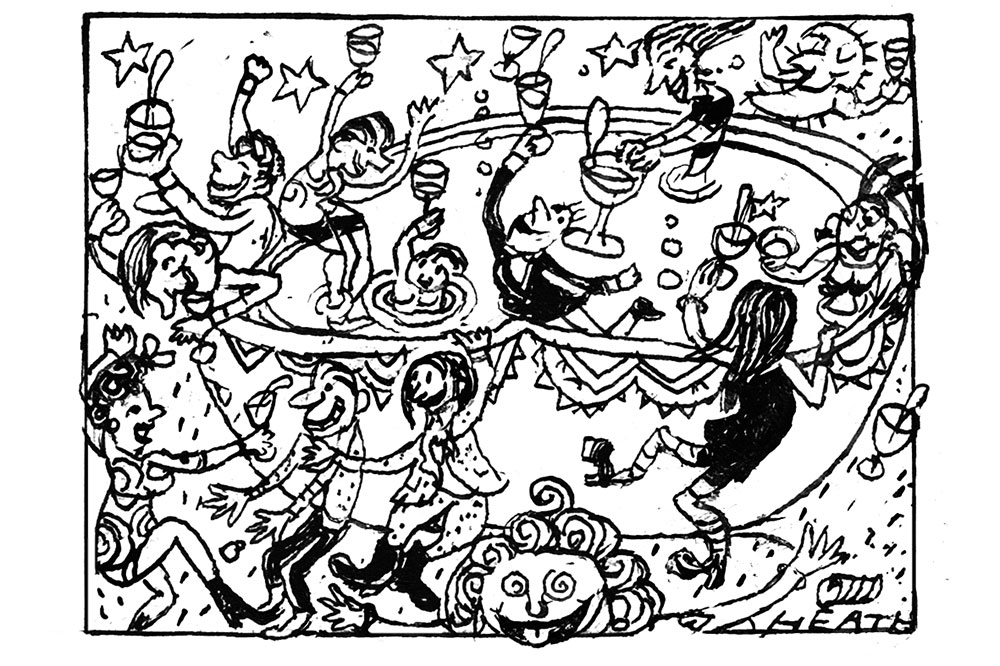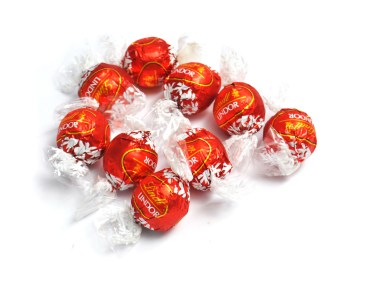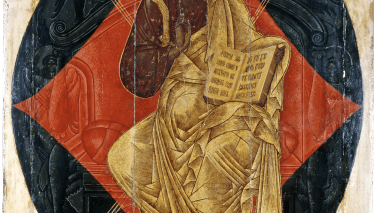Before the Industrial Revolution shrank Christmas celebrations to two days, many workers across rural England might have spared a minute or two over Christmastide to bring out the family wassail bowl. Wassailing – sometimes in houses, sometimes in apple orchards – was a ceremonial toast to the health of friends, family and neighbours, or a ritualised routing of the bad spirits that lurk among fruit trees. Orchard wassailing, intended to guarantee bumper crops in the year ahead, was a rambunctious affair of gunshots, the banging together of trays and buckets and the blowing of cow horns (to scare away evil spirits), singing, drinking and bonfires. Amid the bucket-banging, harvesters found time to bow deeply in front of their chosen trees, which they afterwards toasted in cider, taking care to pour a little on to the tree roots.
In other instances, wassailing seems to have formed an element of a festive house party. Family and guests toasted one another in rank order, beginning with the master of the house. At-home wassailing, which was widespread across England and Scotland, required only bonhomie and warm spicy booze in a bowl.
Earliest instances of wassailing probably passed unrecorded. The tradition may even predate Christianity in these islands. The name comes from the Anglo-Saxon ‘wes hal’ or ‘waes hael’, meaning ‘be whole’ and so ‘of good health’: from the outset the drinking of a toast probably played a central part. The tradition seems to have been chiefly associated with Twelfth Night. On 17 January (the old Twelfth Night, before the introduction of the Gregorian Calendar), medieval revellers, led by a nominated ‘King of the Wassailers’, toured manors, taking with them the steaming wassail bowl and a buoyant sense of seasonal expectation, much in the manner of modern carollers.








Comments
Join the debate for just £1 a month
Be part of the conversation with other Spectator readers by getting your first three months for £3.
UNLOCK ACCESS Just £1 a monthAlready a subscriber? Log in